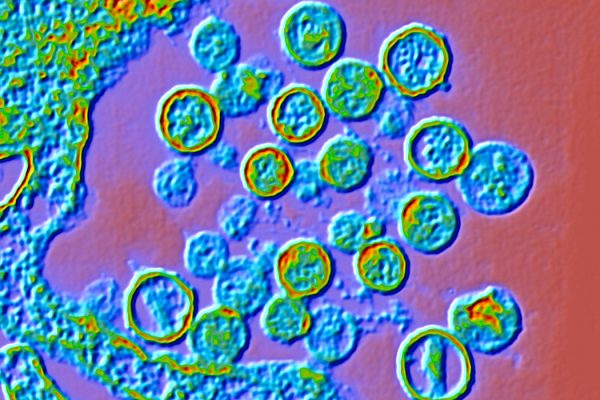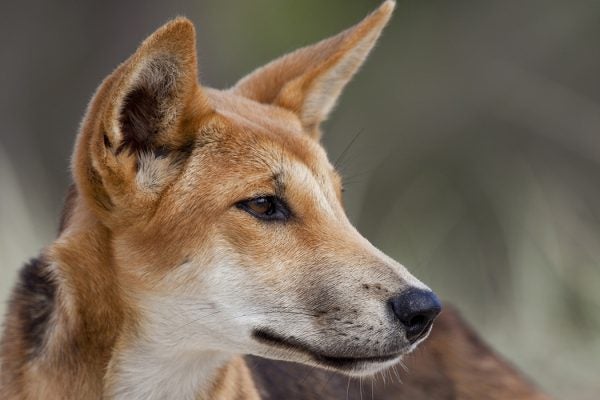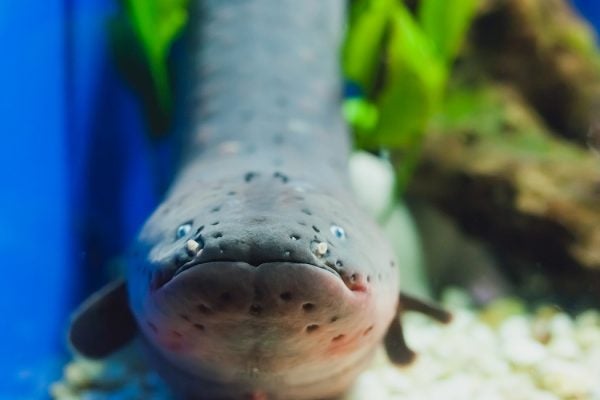The Platypus Is Even Weirder Than You Thought
Platypuses. They’re weird. In fact, platypuses are so unusual that it took taxonomists more than eighty years just to decide what they are.
Solving a Medical Mystery With Oral Traditions
In 1993, Navajo elders provided a key piece of information to CDC scientists and climatologists to help combat a deadly mystery disease.
The Unexpected Result of Australia’s Dingo Fence
The story of dingoes in Australia is the first recorded case where an introduced predator has taken on such a functional role in its adopted ecosystem.
How Wild Animals Self-Medicate
The range of animals known to make use of available medicinal materials includes orangutans, dogs, parrots, spider monkeys, lizards, and lemurs.
Homeless Tigers, Suicidal Farmers, and Fish that Feed on Booze Waste
Meet fish that eat booze waste, learn about the homelessness crisis among Sumatra's tigers, and find out why American farmers are committing suicide.
The Final Migration of the American Eel
Every year, thousands of American eels make an amazing migration from their freshwater homes into the Atlantic Ocean, where they spawn and die.
Are Lemurs Going to the Dogs?
Neutering feral dogs in Madagascar means saving the native species.
The Rise of the City Bee—How Urbanites Built the 21st-Century Apiculture
Urban apiculture is a booming trend. But many metropolitan beekeepers also believe that bees fare better in cities than they do in the countryside.
The Environmental Impact of Nuclear War
Even a limited nuclear war would throw enough soot into the atmosphere to block sunlight and lower global temperatures by more than one degree Celsius.









